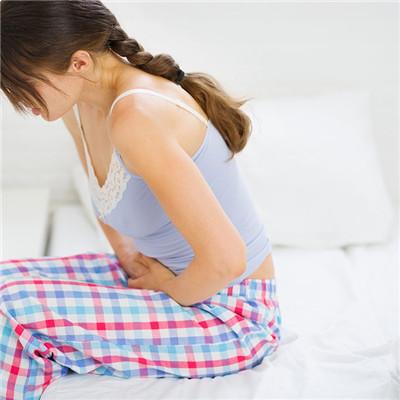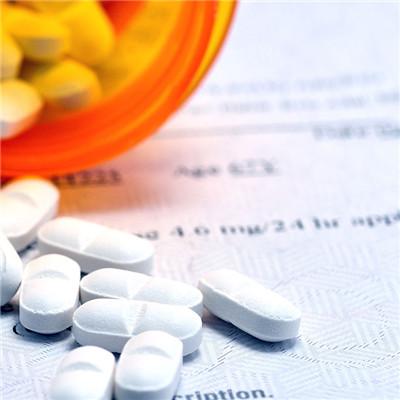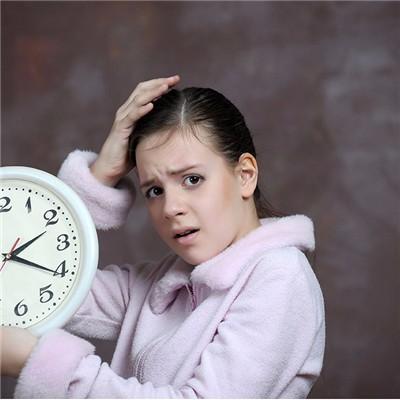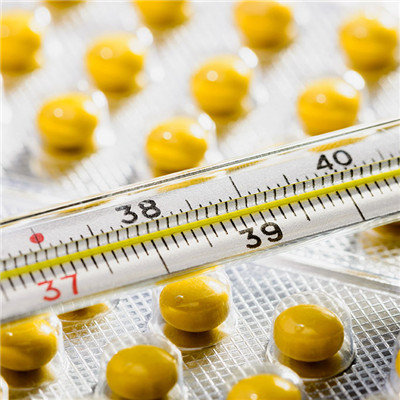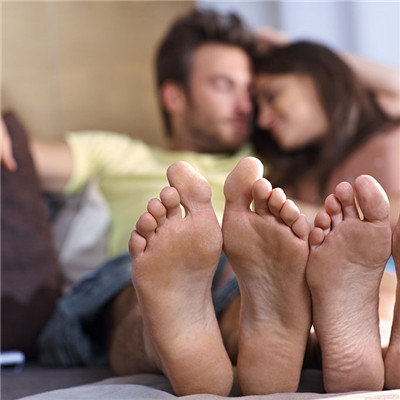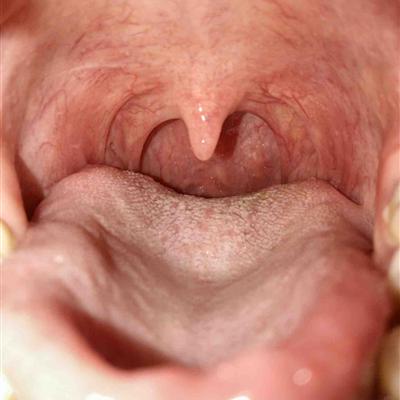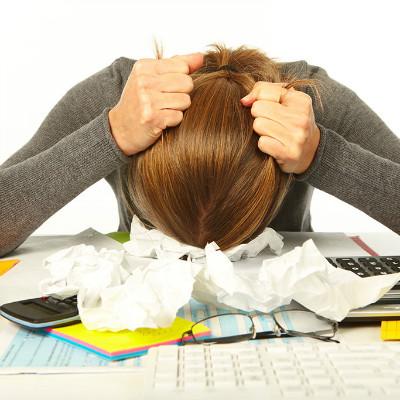Symptoms of osteoporosis
summary
Some time ago, my grandmother accidentally fell down when she was walking, causing a fracture. The doctor said that the elderly are osteoporotic. It's easy to fracture, and it's not easy to cure. So today, I'd like to introduce the symptoms of osteoporosis.
Symptoms of osteoporosis
The most common symptom of primary osteoporosis is low back pain, accounting for 70% - 80% of the patients with pain. The pain diffused along the spine to both sides. The pain was alleviated in supine or sitting position. The pain was aggravated in standing position, stretching backward, standing and sitting for a long time. The pain was aggravated in bending, coughing and defecating. Generally, bone pain occurs when the bone loss is more than 12%. Senile osteoporosis, vertebral compression deformation, spinal flexion, muscle fatigue and even spasm, pain. The new thoracolumbar compression fracture can also produce acute pain, and the corresponding parts of the spinal spinous process can have strong tenderness and percussion pain. If the corresponding spinal nerve is compressed, it can produce limb radiating pain, sensory motor disturbance of both lower limbs, intercostal neuralgia and retrosternal pain, similar to angina pectoris. If the spinal cord and cauda equina are compressed, the function of bladder and rectum will be affected

Symptoms 2, length shortening, hunchback, mostly after pain. The weight of the anterior vertebral body is large, especially the 11th and 12th thoracic vertebrae and the third lumbar vertebrae. They are more prone to compression and deformation, which makes the spine incline forward and form a hunchback. With the growth of age, osteoporosis aggravates and the curvature of the hunchback increases. When the elderly have osteoporosis, the vertebral body is compressed, each vertebral body is shortened by about 2 mm, and the average length is shortened by 3-6 cm. Fracture is the most common and serious complication of degenerative osteoporosis.
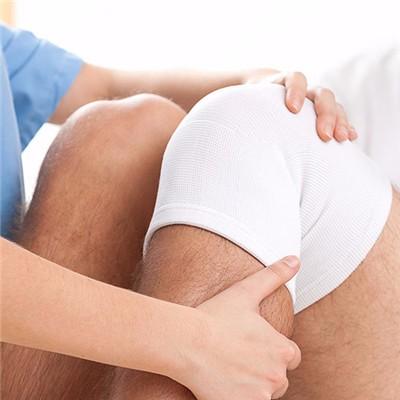
Symptom 3: once we have osteoporosis in our life, our respiratory function will decline to a certain extent, that is, thoracolumbar compression fracture, kyphosis, thoracic deformity, which can significantly reduce vital capacity and maximum ventilation capacity. Patients often have chest tightness, shortness of breath, dyspnea and other symptoms.
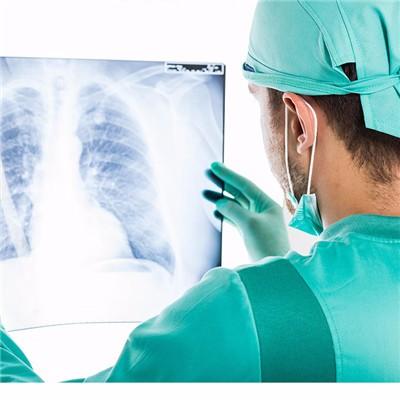
matters needing attention
After osteoporosis, calcium should be supplemented in time. But we should also pay attention to the balanced diet, not partial diet. Usually can bask in the sun, the sun can let the body produce vitamin D, promote the absorption of calcium. It's very important to exercise your body at ordinary times, but you should not take strenuous exercise. You should choose some peaceful aerobic exercise, such as walking and jogging. Exercise to adhere to, a small number of times, avoid a large amount of exercise.

